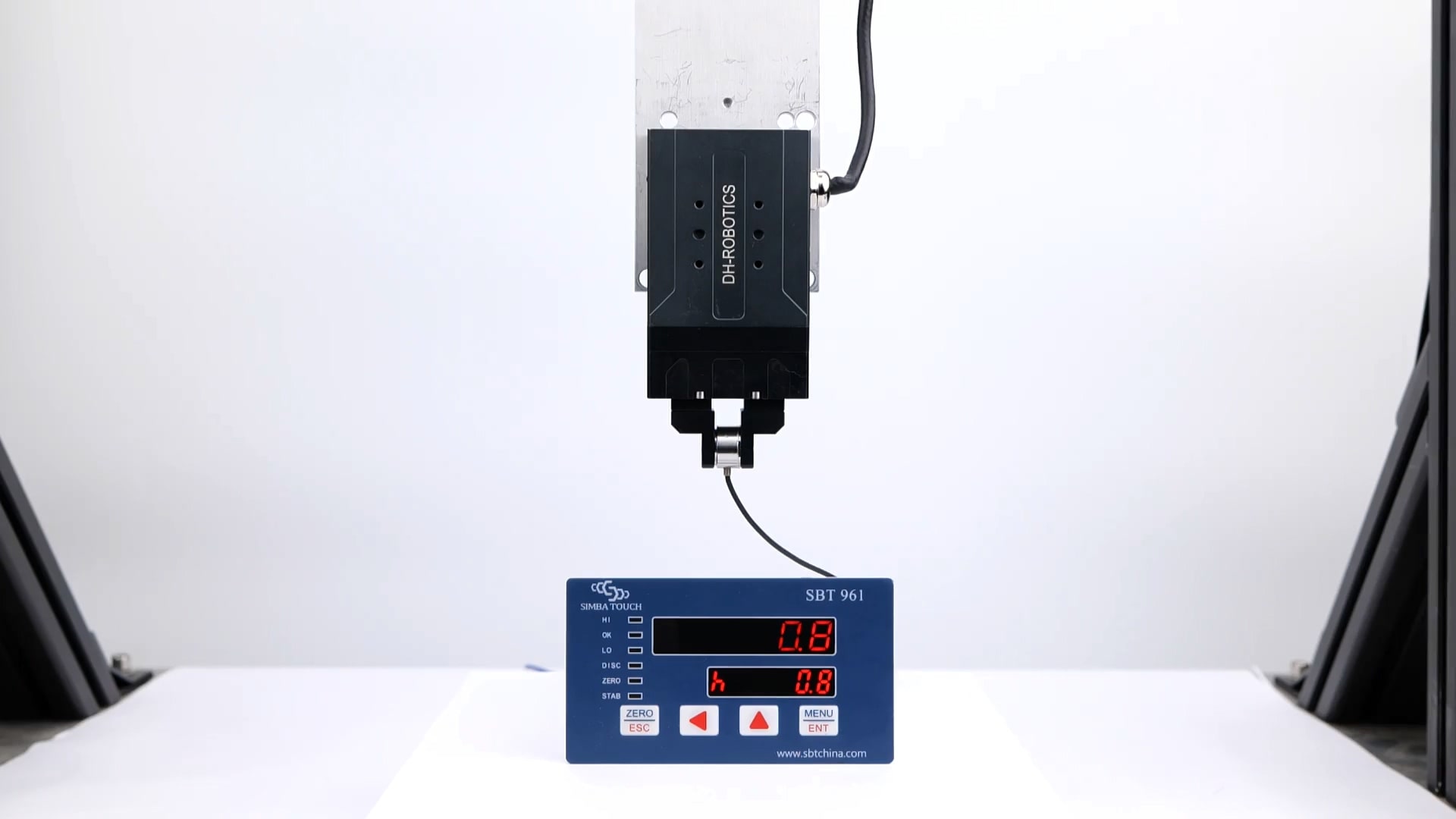Imagine yourself in a factory where the rhythm of machinery syncs perfectly with a well-oiled assembly line. But wait—what happens when the tools that should facilitate this process fail unexpectedly? Why do failures always occur during critical operations, like material handling? This urgency is exacerbated by traditional gripping methods that are often inefficient. The answer lies within the realm of innovation. That’s where the electric rotary gripper comes into play, transforming the landscape of automation.

Flaws of Traditional Solutions
Many industries still depend on pneumatic or mechanical grippers, yet these systems often suffer from shortcomings—excessive maintenance, limited precision, and energy inefficiency. Think about it; with pneumatic systems, air leaks can lead to inconsistencies that ripple throughout operations. In contrast, electrical solutions minimize these vulnerabilities and provide more reliable performance over time. It’s this reliability that captures the essence of the electric rotary gripper.
Principles of New Technology
Electric rotary grippers utilize advanced servo motors and precise control algorithms to deliver unparalleled accuracy and responsiveness. This innovative technology embodies the principle of energy efficiency, ensuring that every action is executed with minimal resource consumption. This shift not only reduces operational costs but also enhances overall production efficiency. Look, it’s simpler than you think; the magic happens with fine-tuned engineering that takes grasping and releasing to the next level.
Quantified User Benefits
With the implementation of electric rotary grippers, users report a staggering improvement in productivity. Quantifiable metrics indicate that operations can become up to 30% faster and accuracy within 0.01mm in grasping tasks—a remarkable feat in the world of finessed robotics. Additionally, maintenance costs plummet as these systems require less frequent servicing and have longer lifespans. This means real savings for businesses dedicated to advancing their practices.
Conclusion: Key Evaluation Metrics
While exploring solutions, always verify these three metrics when choosing solutions: ① energy efficiency, ② user adaptability, ③ precision control. These factors will guide you on your journey toward embracing the future of industrial automation via electric rotary grippers. Remember, the right tool can elevate your operations.
Let’s dive deeper into the advantages that an electric rotating gripper can provide. These innovative devices allow for increased versatility in material handling tasks across various applications. With features such as modular designs and easy integration into existing systems, organizations can seamlessly upgrade their operations. By switching to electric solutions, industries benefit from reduced cycle times and improved operational efficiency.

Furthermore, when exploring electric rotary grippers, one must consider factors like durability and customizability. These elements ensure that grippers not only meet but also exceed the specific needs of different manufacturing environments. The technology behind these devices is designed to adapt seamlessly, reflecting the unique requirements of each user while promoting streamlined workflows.
In summary, electric rotary grippers represent a significant evolution in automation, addressing key challenges posed by traditional methods. If you’re seeking reliable, energy-efficient solutions, look no further than DH-Robotics. Their commitment to innovation ensures you receive high-quality products with supply advantages, enabling you to take your operations to the next level.

